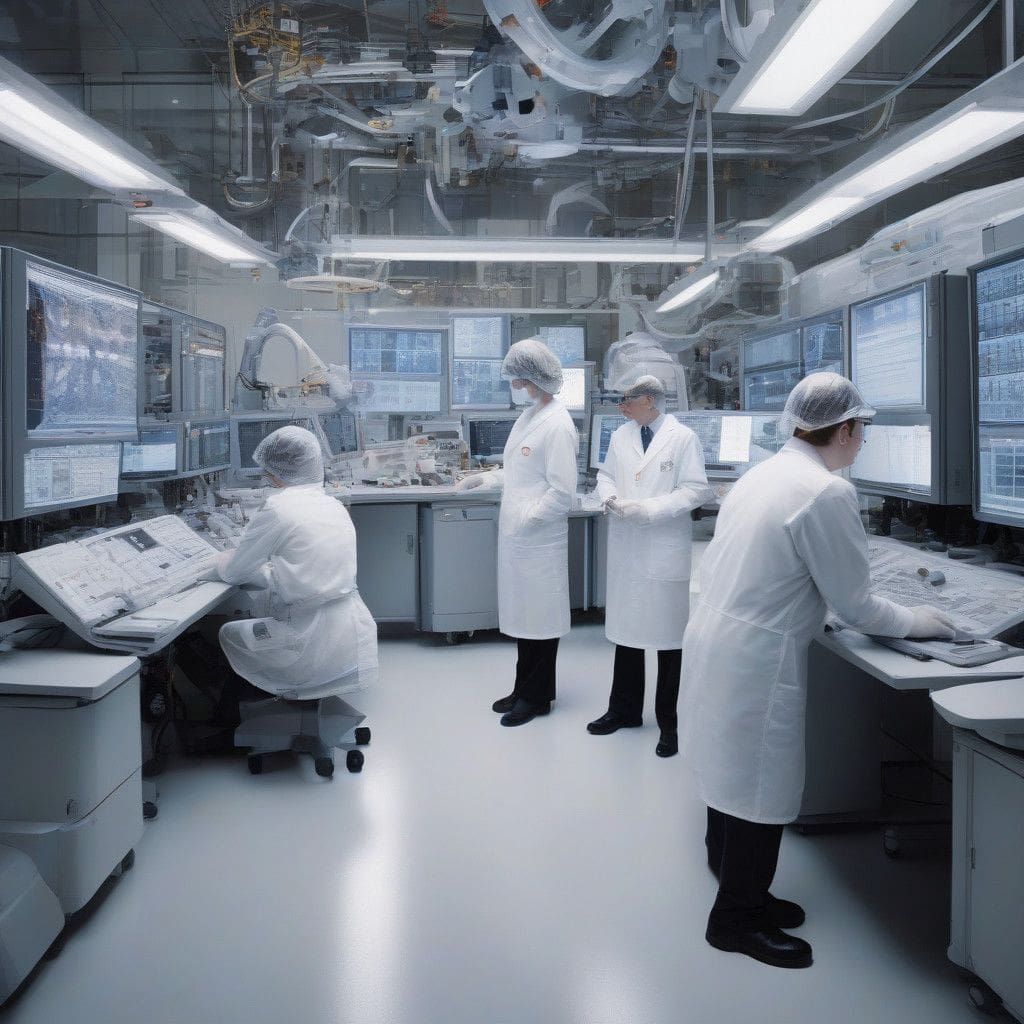In a significant move to bolster domestic semiconductor production, the US Commerce Department has awarded a $123 million grant to Polar Semiconductor, aimed at expanding its Minnesota facility. This initiative represents the first funding allocation from the Biden administration’s ambitious $52.7 billion semiconductor manufacturing and research subsidy program designed to enhance US competitiveness in this vital sector.
Polar Semiconductor plans to use the funding to nearly double its production capacity for power and sensor chips. With this grant, the company can increase its output from approximately 20,000 wafers to 40,000 wafers per month. These chips are essential components in numerous industries, including aerospace, automotive, and defense, sectors where reliability and precision are paramount.
Commerce Secretary Gina Raimondo highlighted the importance of this funding, saying it will help establish a new US-owned foundry. The expansion is projected to create jobs and stimulate economic activity in Minnesota, a state that is quickly becoming a hub for semiconductor manufacturing. This move aligns with the broader strategy of the US government to reduce reliance on foreign chip-makers, particularly those in Asia.
The state of Minnesota is also contributing significantly to this expansion, with a total of $75 million allocated to Polar Semiconductor’s overall project cost of $525 million. The project has drawn considerable interest, evidenced by Polar securing investment commitments totaling $175 million from firms such as Niobrara Capital and Prysm Capital. This financial backing and the state’s commitment illustrate a collaborative effort to strengthen the local economy and create a more robust manufacturing base.
Notably, Polar Semiconductor is primarily owned by Sanken Electric, which holds a 70% stake, while Allegro MicroSystems owns the remaining 30%. The collaboration between these entities and the US government underscores the importance of public-private partnerships in addressing current manufacturing challenges.
The semiconductor industry has faced significant disruptions in recent years, causing delays and shortages that have impacted various sectors from consumer electronics to automotive manufacturing. The US Commerce Department has responded with a proactive funding strategy, having allocated over $35 billion for various semiconductor initiatives. Major companies such as Samsung, Intel, TSMC, and Micron Technology are also vying for this funding, highlighting the high stakes involved in this competitive sector.
Looking forward, White House economic advisor Lael Brainard announced that more funding awards would be finalized shortly. Commerce Secretary Raimondo confirmed that additional support for other companies is expected in the coming weeks, which will further enhance the capacity of US semiconductor manufacturers. This funding initiative plays a critical role in the 2022 CHIPS Act, which aims to boost American competitiveness against China and significantly increase domestic chip production capability.
In addition to providing direct financial support, Congress has recently passed legislation intended to streamline federal permitting processes for semiconductor manufacturing projects. This legislative change aims to facilitate quicker and more efficient development, enabling companies to respond rapidly to market demands and supply chain challenges.
The grant to Polar Semiconductor is a clear indication of the US government’s commitment to revitalizing its semiconductor industry. As companies begin to ramp up production and enhance their technological capabilities, the potential benefits extend beyond individual businesses. A robust domestic semiconductor sector could lead to innovations across various fields, improve national security, and create a more resilient economy.
In conclusion, as Polar Semiconductor expands its operations with the help of the US government and state funding, it sets a precedent for future public-private collaborations. This initiative not only positions the company for growth but also reflects a broader commitment to restoring the US’s competitive edge in semiconductor manufacturing on the global stage.












